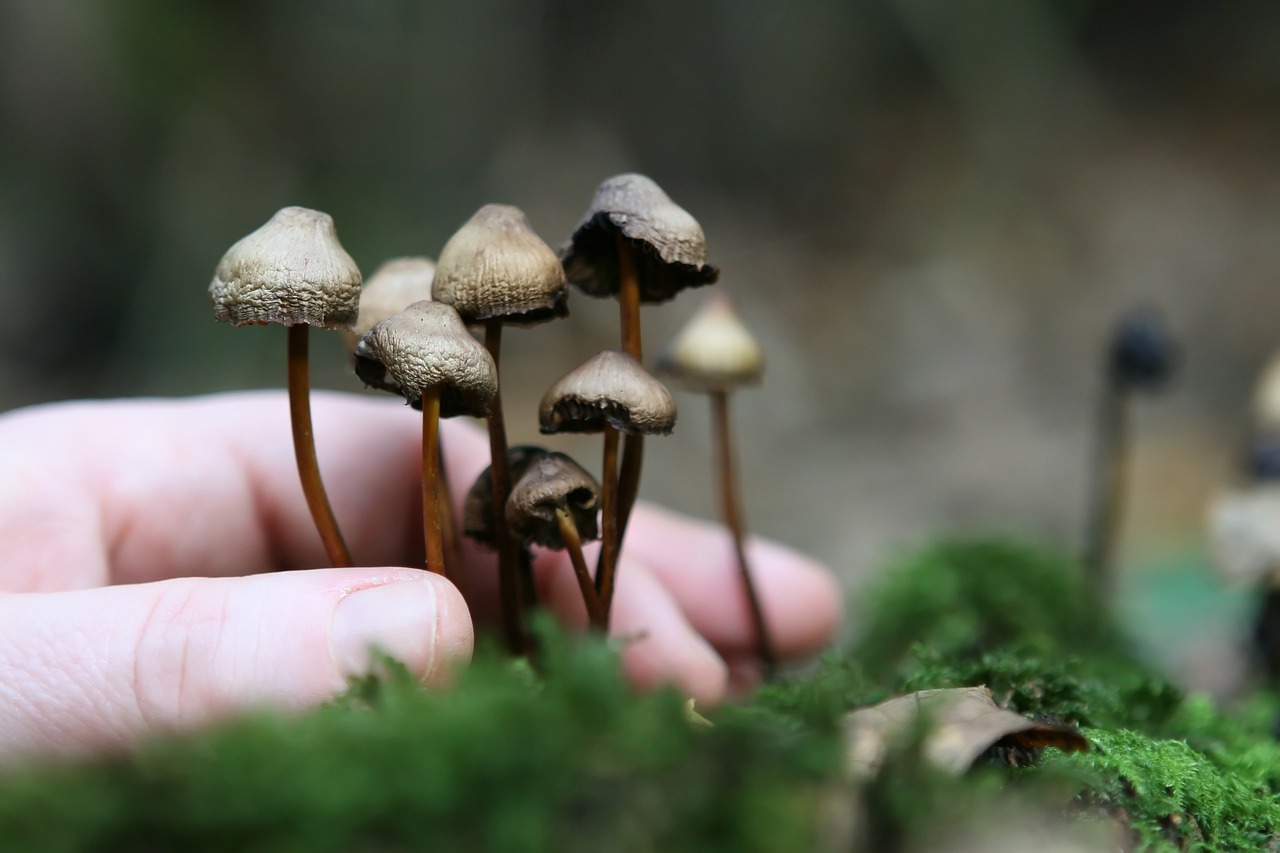Deciphering Mycelium
Mycelium, the fundamental root structure of fungi, operates as the digestive system of mushrooms. It searches for nutrients, transforms them into an absorbable form for the fungus, and subsequently nourishes the fungus. This process yields a byproduct that enriches the soil around it, providing essential nutrients to other plants and contributing to the creation of nutrient-rich biomass that is perfect for gardening.
Beyond their contribution to mushroom growth, mycelium networks play a pivotal role in the health and growth of various land-based plants, including trees. For instance, tree roots and fungi engage in a symbiotic relationship where the tree supplies the fungus with carbon in the form of sugars, and in return, the fungus provides the tree with vital minerals like nitrogen and phosphorus. Discover more about this interaction here.
Fascinatingly, mycelium networks function as an underground communication system among plants, akin to the neural networks in our brains. Current scientific studies propose that plants and trees may have rudimentary nervous systems that fungi could potentially influence, impacting processes such as communication, memory, and learning. Furthermore, mycelium aids soil health by decomposing decaying organic material and neutralizing any existing pollutants.
If cultivating magic mushrooms piques your interest, gaining an understanding of mycelium development is essential. While the cultivation process may seem daunting for novices, acquiring knowledge about mycelium is a crucial first step. While you can always buy mushrooms from Strongest Magic Mushroom Strain Canada online, learning about mycelium could enhance your cultivation journey.
Mycelium Growth Process
When fungal spores find an environment suitable for growth, they trigger the formation of two kinds of mycelium. The first type, referred to as primary or monokaryotic mycelium, is defined by having a single nucleus in each cell and generally isn’t visible to the naked eye. The second type, known as secondary or dikaryotic mycelium, is visible and features two nuclei in each cell.
As the fungal spores germinate, they initiate the formation of the primary mycelium, also referred to as the monokaryotic mycelium. Upon encountering another compatible monokaryotic mycelium, they can unite to form the secondary stage, the dikaryotic mycelium. This latter stage is responsible for the production of either mushrooms or sclerotia.
Mycelium Types
There are three distinct categories of mycelia, two of which are indicative of successful cultivation.
- Rhizomorphic mycelia have a string-like extension. Identifiable by their composition of hyphae units, they form a network known as rhizomorphs. These mycelia initially spread out, then relay chemical signals back to the colony suggesting that the area ahead is nutrient-rich. The rest of the mycelia then follow. The leading hyphae of the rhizomorphic mycelia release peroxidase to break down the material ahead for food, then spread across the material, distributing nutrients to the colony. This mycelia type is favored by many cultivators due to its propensity for mushroom production as the Rhizomorphic mycelia emerge from the substrate.
- Tomentose or “Fluffy” mycelia, bear many similarities to Rhizomorphic mycelia, but their strand arrangement sets them apart. The strands, though not immediately visible, exist within their cotton-ball-like clusters. The development of tomentose or rhizomorphic traits in your mycelia significantly depends on the cultivation environment. Cultivators continue to debate whether the type of mycelia influences growth rate or yield quantity.
- Aerial mycelia arise under suboptimal growth conditions. Here, the mycelia tend to expand outward instead of sprawling across the medium or forming a cluster. Often confused with bacterial infection, this mycelia type could interfere with your mushroom cultivation, leading to smaller, weaker mushrooms. Aerial mycelia usually occur due to inadequate fresh air exchange and excessive humidity.
Mould versus Mycelium?
It’s essential to distinguish between mould and mycelium. If green, blue, grey, or black patches appear on or in your fruiting box, it’s likely that your culture is contaminated. Any discoloration is a critical sign. Blue spots might just be bruises, though.
Cobweb moulds are typically quite conspicuous. Contrary to the bright
The white part of the Mycelium generally presents a greyish tint and a fluffy, string-like texture. Although cobweb moulds and green moulds pose no danger to humans, they can adversely impact the health of your mushrooms.
Strongest Magic Mushroom Strain Canada: Your Premier Destination for Mushroom Information
When you think of psychedelic mushrooms in Canada, let Strongest Magic Mushroom Strain Canada be your first thought. We strive to provide essential information to help you have a safe and enjoyable mushroom experience.





